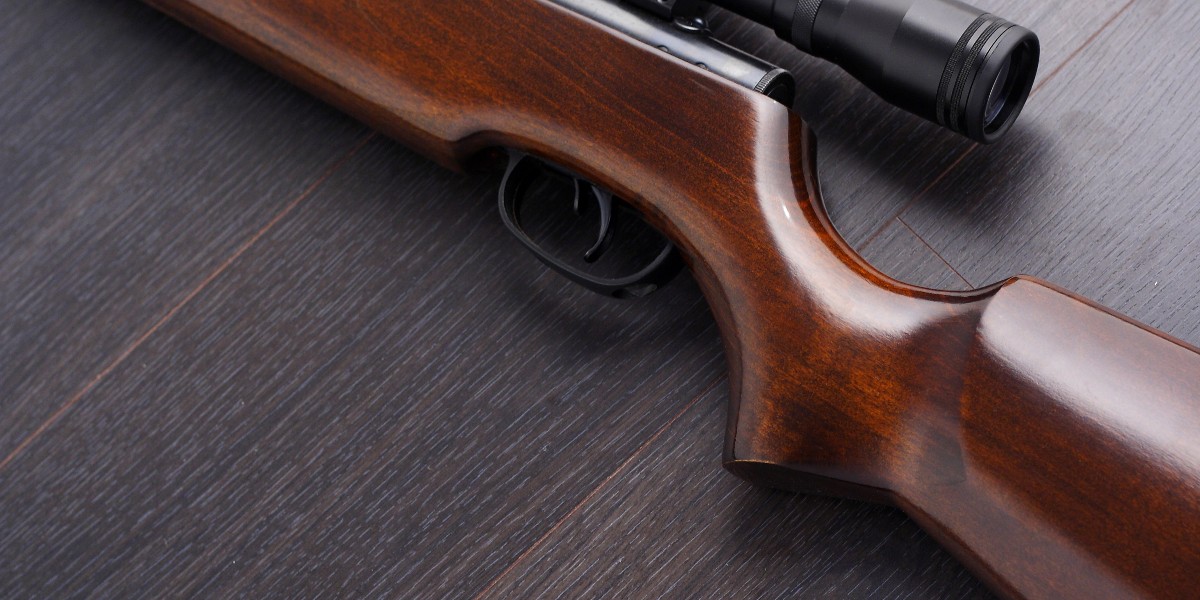START YOUR PROJECT

Different Gun Checkering Styles
Most gun and firearm stocks are fairly basic. However, checkering is a type of surface treatment intended to enhance the shooter’s grip in specific areas, such as the wrist, pistol grip, or fore-end. It also can be done solely for decorative purposes. Checkering consists of intersecting lines on the wood or synthetic surface of firearm stocks. While technology advancements have allowed the art of gun stock checkering to be done by machine, many still prefer to do it by hand, which requires the best checkering tools.
At Ramelson, we have a wide selection of checkering tools as well as gun stock checkering kits that are perfect for those looking to enhance the grip on their fireman stock. Our checkering tools can be used for several styles. In this blog, we’ll take a look at some of the most popular gun checkering techniques.
Pointed Checkering
Pointed checkering is the most common style of checkering for firearm stocks. If you have held a gun with a checkered stock, chances are the stock was enhanced with a pointed checkering technique. With pointed checkering, the rows of parallel grooves are cut under a 90-degree angle. In some cases, the groves are cut at a 60-degree angle. This type of checkering consists of sharply pointed diamonds that help enhance the grip as well as the decorative appeal of a gun stock.
Flat Top Checkering
Flat top checkering is a traditional checkering technique. Tools are used to cut grooves under a zero-degree angle. Once complete, the stock will have shallow grooves with parallel walls cut into the wood. You would often see this style of checkering on historic British military rifles, but isn’t as commonly seen on today’s gun stocks. While flat top checkering has an appealing look to it, one of the downfalls of the technique is that the grooves can easily fill up with debris and increase the need for stock maintenance and cleaning. Another downfall is that, as the name suggests, the checking is flat rather than sharp. Therefore, it doesn’t offer much grip. Because the checkering is flat, however, it is more comfortable on heavy recoiling guns or on lengthened shooting sessions.
Semi-Flat Top Checking
As you can probably tell from the name, this style of checkering offers a middle ground between pointed checkering and flat top checkering. Semi-flat top checkering involves grooves cut at a 60-degree angle. Some semi-flat checkering is done at a 90-degree angle. Because the grooves are shallower, there are no pointed tops to the diamonds. This checkering style came to light mostly to resemble English flat top checkering, but with improvements in the area of grooves clogging up with debris.
Checkering Patterns
Checkering lines together form a pattern on gun stocks and the pattern possibilities are seemingly endless. Typically, the edges of the checkering patterns are defined by borders — borders can be created by the checkering lines themselves or a more detailed line. The panel space within the border is often filled in with angular or fill-in patterns. Checkering angular patterns is a challenge, but when performed correctly, the pattern will form diamonds with nicely-aligned tips to help define the outline of the pattern. Angular pattern checkering is most commonly seen on higher-grade stocks.
Master Checkering With the Best Checkering Tools
If you are interested in checkering firearm stock yourself, you’re going to need the right tools to do so. At Ramelson, you’ll find a wide selection of checkering tools as well as other essential gunsmithing tools. Shop our selection of individual checkering tools or save money by ordering a gun stock checkering kit. Click here to learn more.
